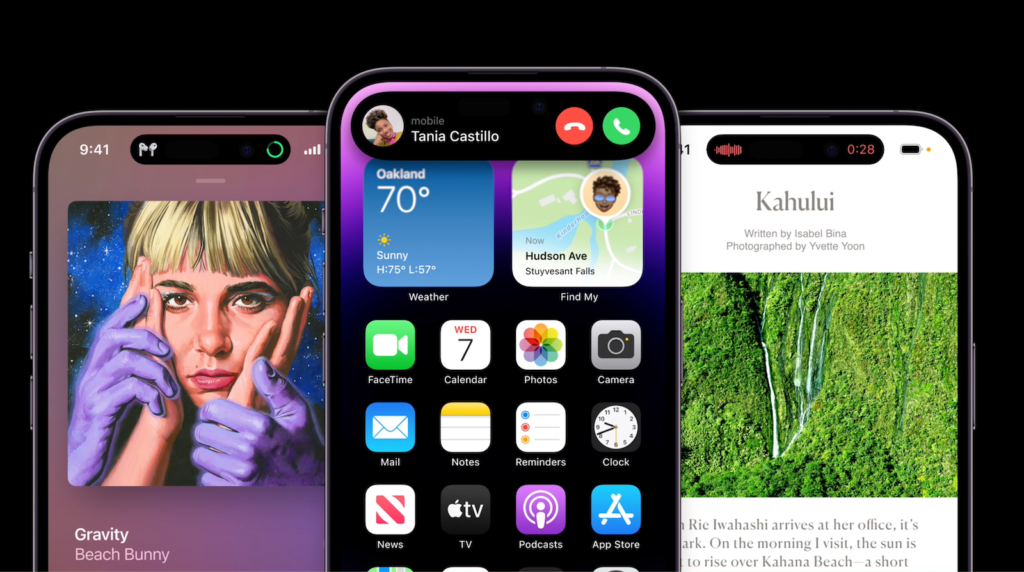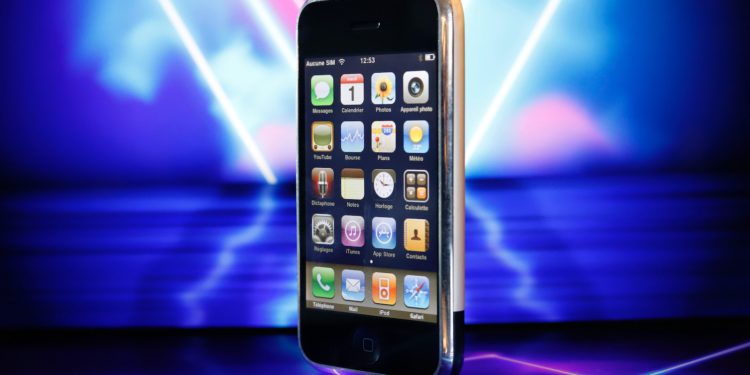Today marks 16 years since Apple co-founder Steve Jobs took the stage at the Macworld Expo in San Francisco, California on January 9th and introduced the iPhone to the world for the first time.
Standing on stage at Macworld Expo, Jobs spoke words that would go down in history as he unveiled a device that would change everything.
Today Apple will reinvent the phone.
Jobs then unveiled the iPhone, which at the time featured a futuristic design, a multi-touch display with no physical keyboard, and iPhoneOS, a true mobile operating system. Jobs described the iPhone as a touch-controlled iPod, a telephone, and a groundbreaking Internet communications device - three different areas that no other device at the time could do at once. The original iPhone had a 3.5-inch LCD display, a 2-megapixel camera, and an aluminum and plastic body. Since the first iPhone, Apple has updated the device every year with new features and capabilities.

The iPhone's first major redesign came with the iPhone 4 in 2010, three years after the first iPhone was introduced. The iPhone 4 marked a turning point in iPhone history, offering an all-new design with flat edges, a brand new Retina display, the A4 processor, a 5-megapixel camera, LED flash, and more.
The iPhone is constantly evolving
Two years later, the iPhone 5 marked another redesign of the iPhone: it got bigger, had a larger Retina display, the A6 chip, a thin design that made it the "world's thinnest smartphone" at the time, a new 8-megapixel iSight camera, and more. In the years that followed, Apple introduced several innovations that have endured to this day, such as Touch ID and Face ID, advanced cameras, industry-leading smartphone performance and battery life, sleek design, and a tightly integrated ecosystem of devices.

Today, there are five different iPhone models: the iPhone SE, the iPhone 14, the iPhone 14 Plus, the iPhone 14 Pro and the iPhone 14 Pro Max. Today's iPhones have features that were unthinkable at the time of the first iPhone, such as an all-screen display with no home button and thin bezels, facial recognition, 4K video recording, a 48 MP camera, Dynamic Island, a display with a higher refresh rate and all the features and capabilities of iOS 16. If you want to see the presentation at the time, you can find the video here. (Photo by Unsplash / Mathieu Improvisato)





